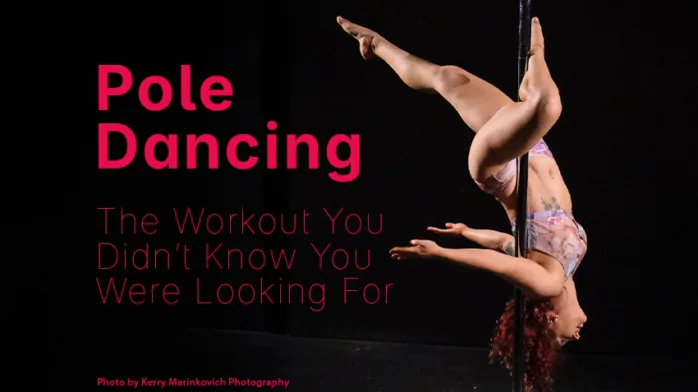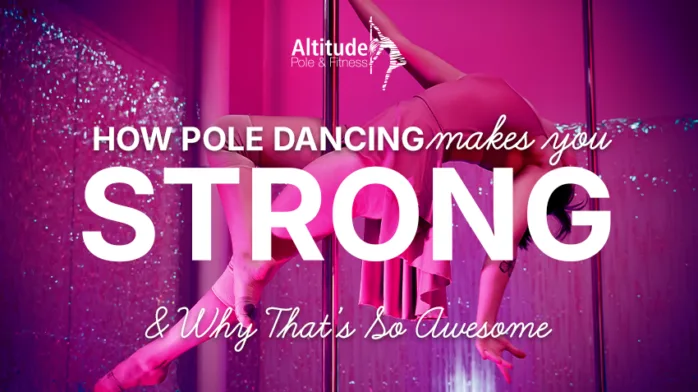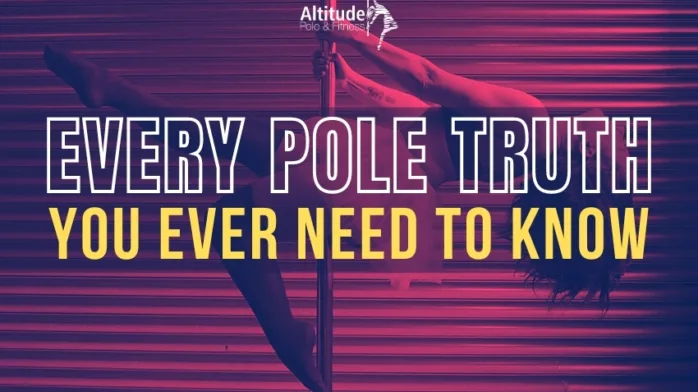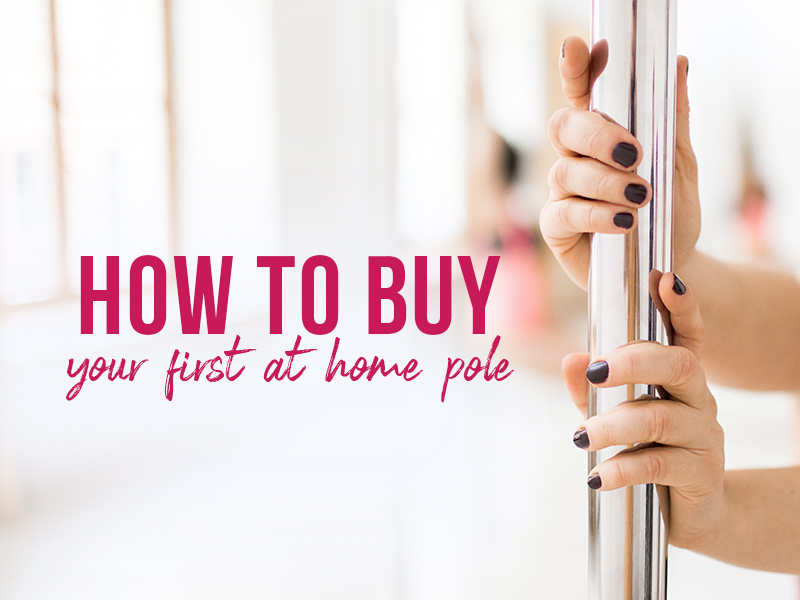
How to Choose the Right Pole for Home: The Ultimate Buyer’s Guide
If lockdown has taught us anything, it’s that we get some serious pole withdrawals when we can’t get our fix! For many of us it’s meant trying some strange and desperate things to keep up with our conditioning; from monkeying around in trees to grinding up against our sofas - it’s been a struggle for sure!
Luckily for us there are some pretty awesome home pole options available if you’re wanting to invest in training at home. We’ve put together our ultimate guide for buying a pole for home to help point you in the right direction of what to look for :)
Brands to Buy and What to Avoid
A good pole comes with a price tag - when it comes to home poles you get what you pay for! As tempting as it is, try to steer clear of the cheaper options found on Trademe, Ali Express or Wish if you want to avoid becoming a #fail meme 🙈
There are two leading brands of home poles; X-Pole and Lupit Pole. Both are fantastic options if you’re looking for something safe and reliable 🙌 Sure, they’re a little pricey, but you won’t regret spending the extra moolah to invest in your own safety ✅
Buy X-Pole from x-pole.co.nz/ Buy Lupit Pole from polegearnz.co.nz/collections/all/poles
Types of Poles
There are 3 basic types of dance poles for home; pressure mounted, ceiling mounted and free standing. Your first step when buying a pole is to decide which type suits your home the best 👌
Pressure Mounted:
This is by far the most popular choice for an at-home pole. It’s held in place by using pressure between the ceiling and floor (no drills or screws!) and they cause little to no damage to your house which makes them perfect for both renters and home-owners. It’s easy to put up and take down and most importantly, it’s incredibly safe when installed correctly.
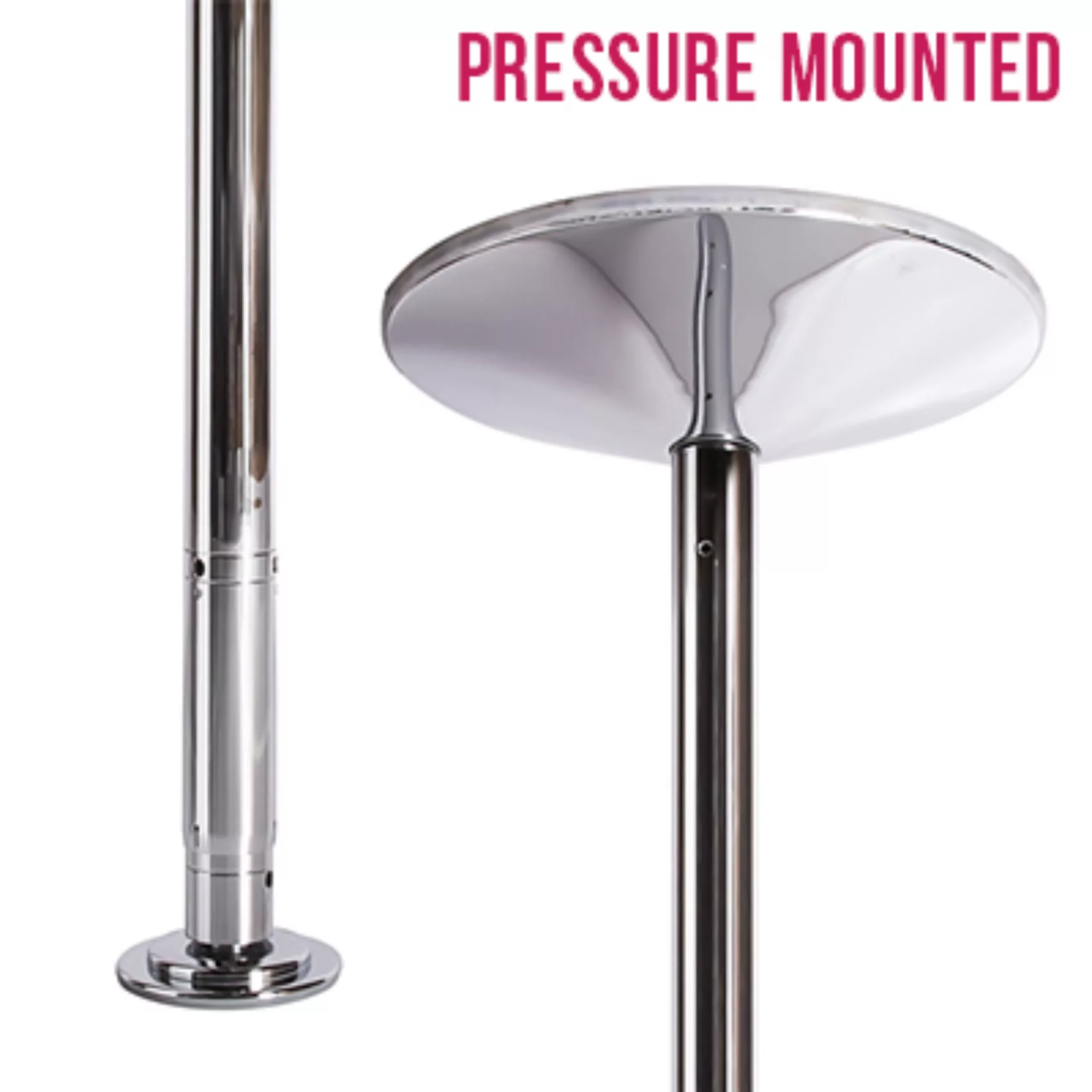
Ceiling Mounted:
If you’re looking for a permanent home-pole then ceiling mounted is the way to go!! Ideal for home-owners with high or slanted ceilings, if you’re happy to drill into your ceiling then this might be the pole for you!
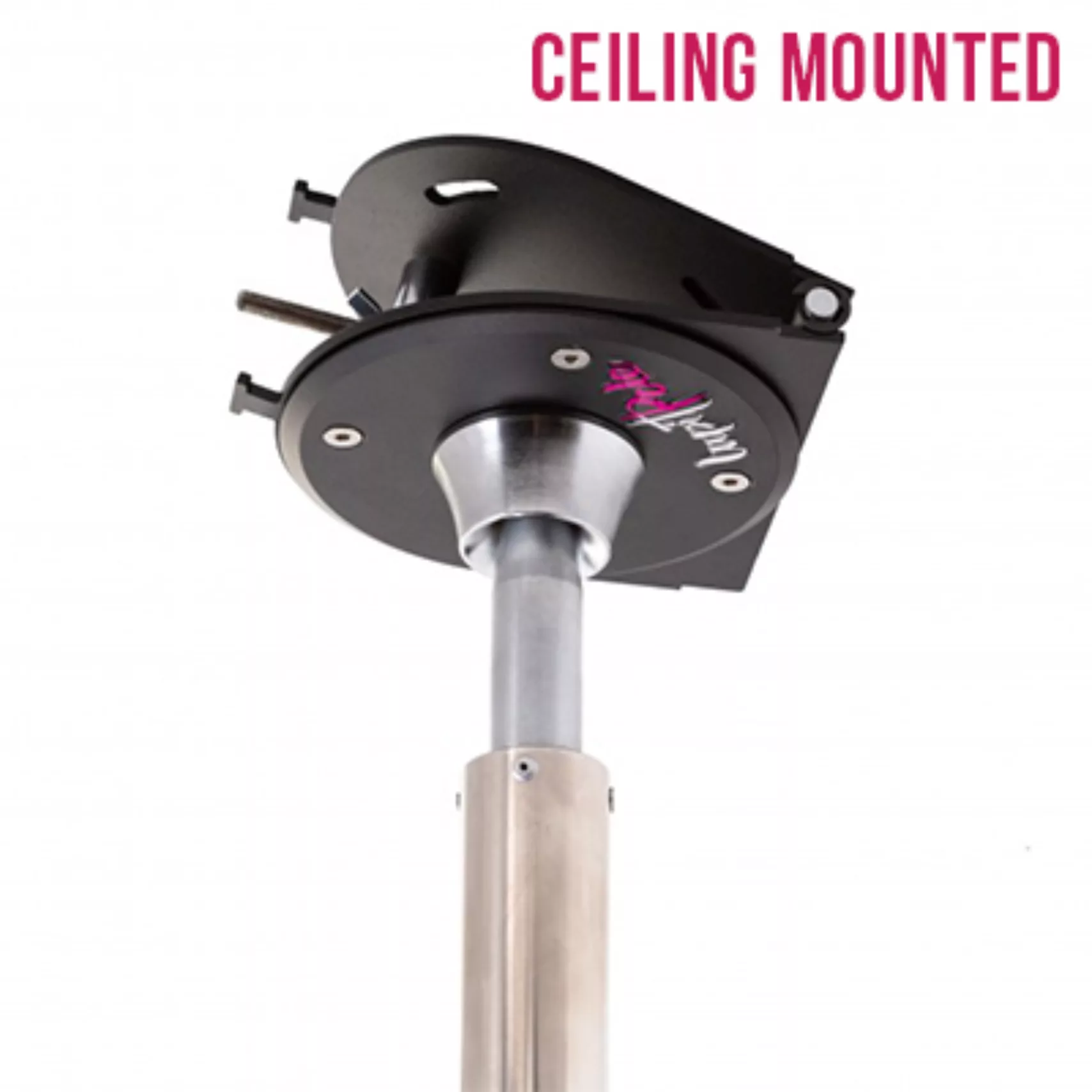
Free Standing:
Also known as a stage pole, a free-standing pole is a great portable option if you like the idea of being able to take your training outside. Generally they’re slightly taller than the average NZ ceiling, so be sure to measure up before investing in one for inside use. A stage pole has a heavy base and isn’t connected to anything at the top which means they can feel a bit wobbly when doing big power moves like spins, so it’s a good idea to have a play on one before investing if you can to make sure it’s the right fit for you.
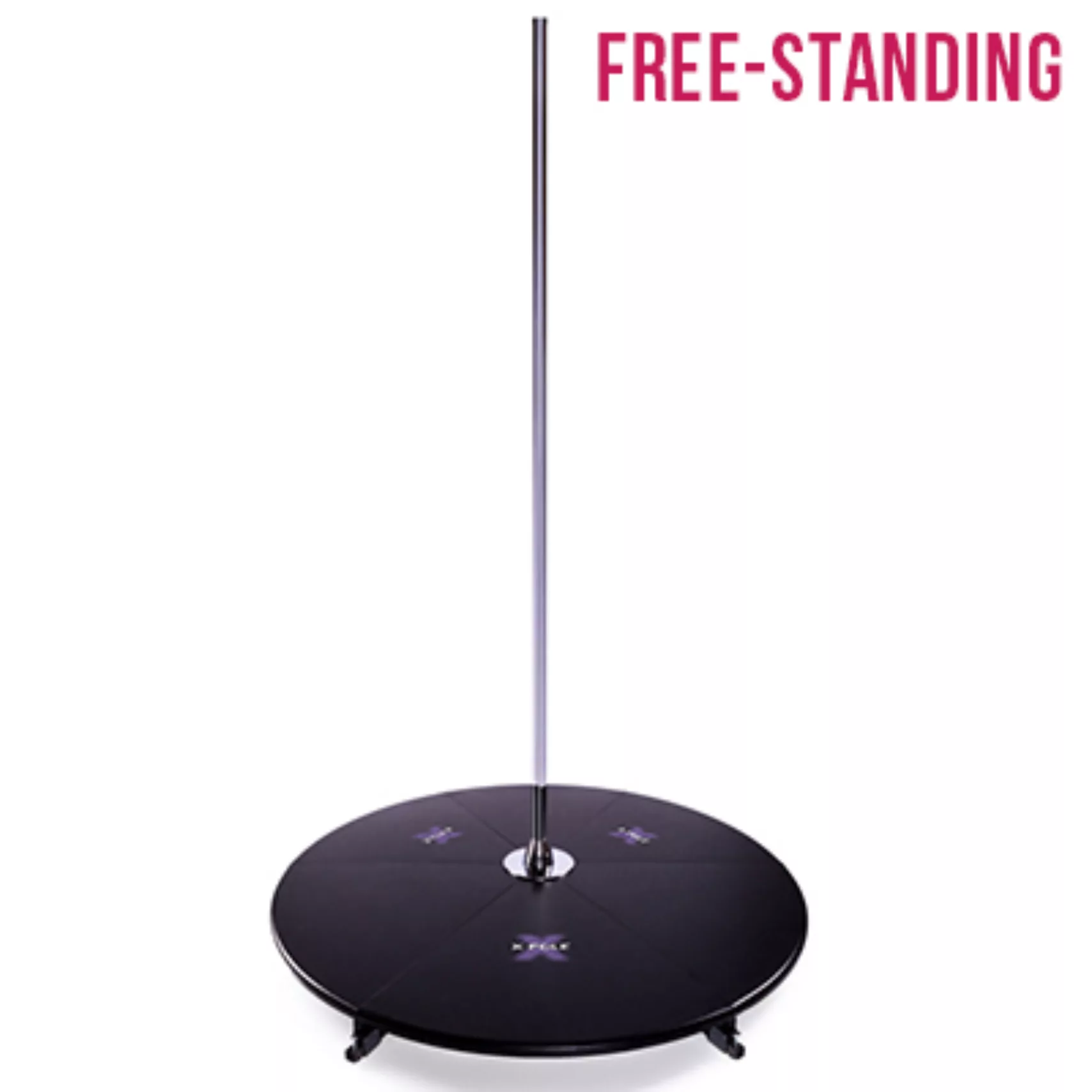
Pole Materials Pros & Cons
You’ve decided on your type of pole you want, now you need to choose the finish, but what do they all mean? Chrome, brass, stainless - does it really make a difference? The answer is yes, the material your pole is made of makes a huge difference to how it grips 🤯
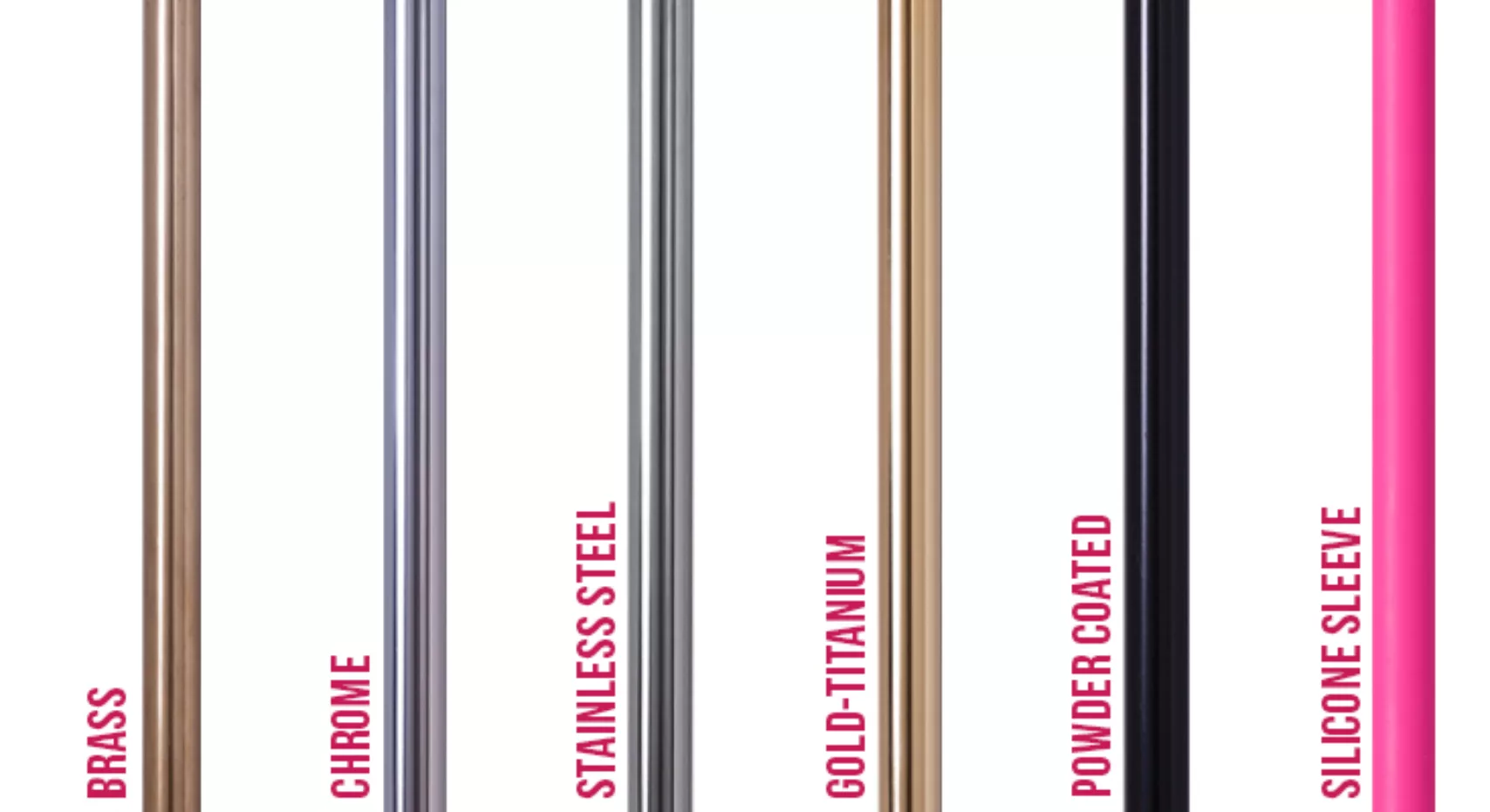
Brass
Pros - Ideal for hot and dry climates, brass poles have a beautiful looking, rust resistant finish that is known for being nice and grippy. Brass is allergy friendly, so it's suitable for pole dancers with sensitive skin.
Cons - Not great in a humid climate, these poles are slippery when wet! Brass poles can be easily scratched or dented if you’re not careful.
Chrome
Pros - Chrome is a lovely grippy material that doesn’t ding or scratch very easily. It’s grippy in all weather conditions which makes it a great pole for New Zealand’s temperamental climate! You may find your chrome pole needs to be warmed up a little with your body temperature on those really cold days but once you get it warm it offers great grip!
Cons - Over time a chrome pole can rust if it’s not properly looked after. It’s also not recommended for anyone with metal allergies, especially to chrome or nickel.
Stainless Steel
Pros - If you’re looking for a humidity friendly pole that is rust resistant and allergy friendly then this is your best choice! Many of our studios mostly use Stainless Steel poles and for good reason, they’re your ultimate all-rounder!
Cons - The price tag may be a little higher than other materials.
Titanium-Gold
Pros - Famously grippy, these poles have a beautiful yellow-gold finish.
Cons - This material is harder to find as not all brands offer it. Titanium-Gold a coating that has been applied to a chrome pole and will wear off over time.
Cleaning Brass, Chrome, Stainless Steel and Titanium Gold
All of these types of poles can be cleaned with Methylated Spirits, Vodka or White Vinegar. Make sure to use a cloth that won’t scratch the pole, such as microfibre or a soft hand towel.
Special pole materials
Ever seen a hot pink pole and wondered how it got that way? Read on about some more uncommon, special finishes for poles - powder coated and silicone! These can be hard to get here in lil 'ol New Zealand but if you're shopping online and don't mind paying extra $$ for shipping, check these two out 👇
Powder Coated
Pros - Powder coated poles are super, super grippy and come in fun colours like hot pink and black! This finish is good for people who really struggle with grip on standard metal poles. The powder coat is baked on to seal the finish.
Cons - Relying too much on this type of pole coating, that offers extreme grip, will make training in-studio a lot harder because generally studio poles offer materials that aren't as grippy. This option is also more expensive and not recommended for anyone with a metal allergy. The powder coating can also be easily damaged, so you need to take more care with these. Cleaning a powder coated pole is also a lot more involved.
Extra note on powder coats - if you live in a dry climate and your skin is dry you may find a powder coated pole turn super slippery!
Silicone
Pros - This type of material means minimal skin contact needed to whip out some sweet tricks. The silicone sleeve gives you so much grip you’ll even be able to pole covered head-to-toe in clothing. The sleeve options are usually hot pink or black.
Cons - similar to powder coated poles, you don’t want to get too used and end up relying on the extra grip factor a silicone pole offers. This type of pole can also be too grippy to perform some moves (spins) and can also make moves more painful (superman, ouch!). Not recommended for anyone with a silicone allergy or for beginners.
Cleaning Powder Coated and Silicone Poles
Powder Coated and Silicone poles are quite different to the standard materials and that means their cleaning method needs to change, too. The most important difference is you should absolutely NOT use the same cleaning method as the more traditional materials. That means no Methylated Spirits, Vodka or White Vinegar for your powder coated or silicone sleeve pole!
Cleaning a Powder Coated pole
- Carefully wipe the surface down with a soft, dry cloth - microfibers are perfect!
- Dilute some very mild detergent with some warm water
- Dip a soft cloth in and wring out as much as possible
- Wipe down the pole and leave it to naturally dry
You should only need to clean your powder coated pole occasionally and it's best to not clean it too often or you will wear down the powder coating
Cleaning a Silicone sleeve pole
- Wipe the surface down with a soft, dry cloth - microfibers are, again, perfect!
- Use a small amount of silicone toy cleaner (Yup, the kind you can get at a sex shop!) and wipe down the surface of the pole with a microfiber cloth
- Let the pole dry naturally
Silicone poles should be cleaned often to keep the silicone in better condition and make it feel nicer to use.
Final Details. Width & Static or Spin?
There are two more things to consider - width and whether to go static or spin?
The most popular diameter poles are 40mm or 45mm. The majority of the poles in most Altitude Pole studios are 45mm, with the “skinny poles” being the 40mm. We recommend choosing whichever diameter is your favourite in the studio. If you’re not sure, go with the 45mm - it’s the standard size for most NZ studios, shows and competitions 😃
Whether you go static or spin/static will come down to budget and how you like to train. Generally a static only pole is a lot cheaper than one that offers spin/static, so it really depends on how much money you want to spend on training at home 💸
Buying a pole at home is a big commitment so take your time to choose which one you think will be best for you. Happy poling!!! 🎠

